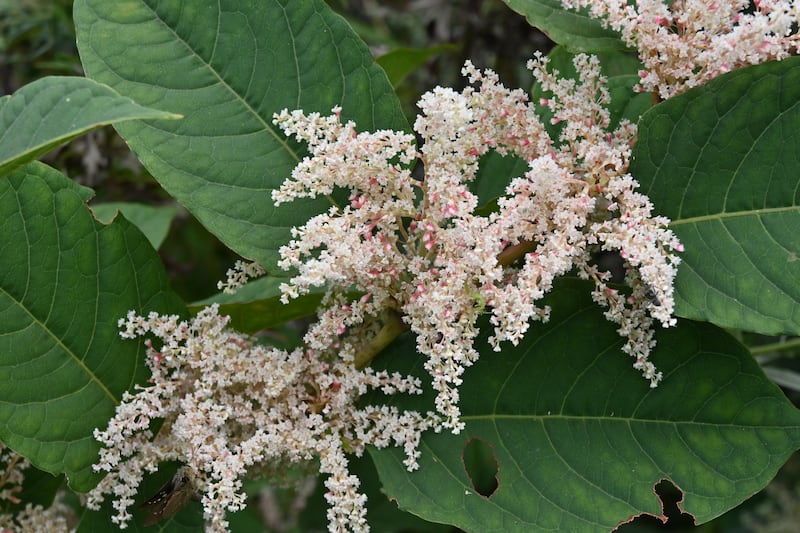Q: I recently repotted my acer into a bigger pot, however it now is looking dead. Can you offer any advice? WT, England
A: The trick to successfully repotting any established tree or shrub is to do it as quickly as possible, ideally in either autumn or early spring to minimise root disturbance, using a larger pot or tub and a good quality potting compost to replant the root ball to the original planting depth. A generous watering immediately after repotting will also help to get rid of any air pockets in the compost, encouraging good contact between it and the plant’s root system.
Given that you’re growing your acer in a pot, I’m assuming that it’s probably what’s known as a Japanese maple (acer palmatum or acer japonicum), two relatively slow-growing species known for their ornamental leaves, beautiful autumn colour and elegant growth habit. These trees need a sheltered, lightly shaded spot with protection from cold winds. When grown in a pot, their delicate root systems can also be vulnerable to harsh winter frosts unless protected with bubble wrap or hessian.
Japanese acers also really dislike poorly drained growing conditions, which is why it’s often recommended to raise the pot or tub slightly off the ground using what are known as pot feet. Finally, they also are sensitive to any changes of soil level. In fact the RHS recommends planting to a depth where no more than an inch/2.5cm depth of compost covers the tree’s main root system.
It may be the case that you’ve replanted your acer too deeply, in which case you’ll need to gently lift the root ball to return it to its original planting depth. Another possible reason for it looking so unhappy is that you’ve neglected to water it sufficiently or have overwatered it. Alternatively, it’s possible that your tree is suffering from transplant shock and will take time to gradually recover its equilibrium.
But the good news is that it’s unlikely that it’s dead. To check, gently scratch the trunk and branches with your fingernail. If it reveals green plant tissue, this is a good sign that it’s still alive but just sulking. Keep it regularly watered (but not sodden), work a little slow-release organic fertiliser into the upper layer of the fresh compost (this should ideally be a John Innes No 2 compost or an ericaceous compost with some added grit for drainage), and then bide your time. The chances are good that fresh growth sill will slowly but surely begin to appear.
















